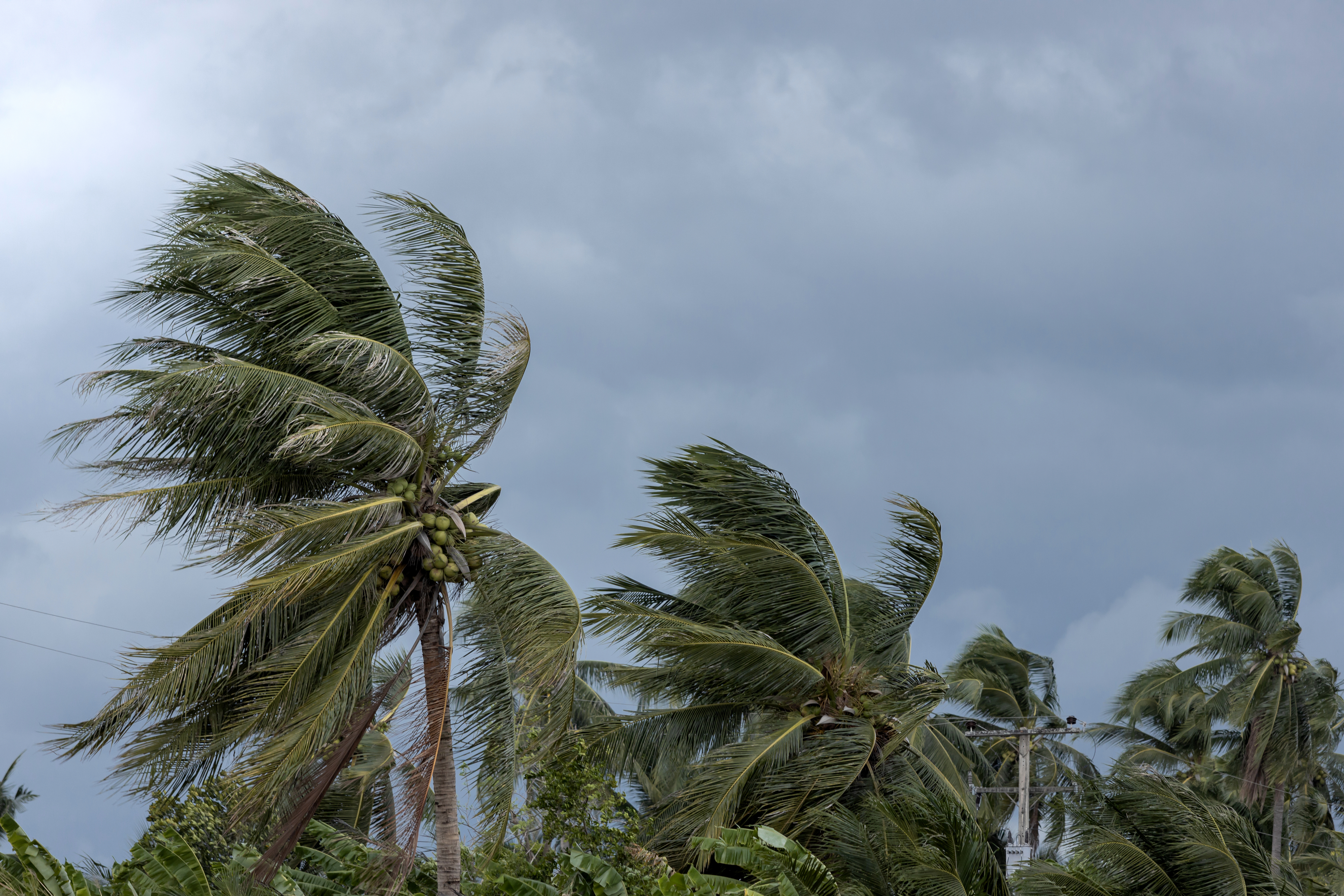Does your association have a post-hurricane and disaster event plan in place? As discussed in Part 1 of this series, preparation is key for property owner associations when it comes to being ready for catastrophic events. But once the event happens, there are some steps your association should take.
Communication is an extremely important part of pre- and post-disaster events. One of the first steps after a hurricane or other disaster is to assess any damages that may have occurred. If a catastrophic event happens, such as a hurricane, tornado, or hail storm, the board of directors, general contractor, or professional community manager should inspect the structures, common areas, and equipment initially.
The purpose of the initial inspection is to assess the severity of the damages, determine if the property is safe to access and decide what mitigation may be needed to prevent further damage. Mitigation efforts may include putting tarps on roofs, shutting off utilities, boarding windows and doors, extracting water, and removing trees or other items that may block vehicular and pedestrian access to the site.
Once the initial inspection is complete, the membership should immediately receive communication describing its findings. If there are structural damages or safety issues, the membership should be instructed not to access the site and reassured that they will be notified as soon as access is possible.
After the initial inspection, the board may decide it is in everyone’s best interest to hire security personnel to monitor access to the buildings and common areas. If the severity of damage is not significant enough to warrant professional security, Warning and No Trespassing signs should be posted at all access points. In some situations, it may be necessary to have fencing installed around the perimeter to restrict access.
As previously recommended, properly vet and select a licensed, qualified, and financially stable general contractor (and possibly a project manager) before a catastrophic event occurs. The next post-disaster step is to get with your general contractor to perform a detailed inspection, including common areas, condominium buildings, and units. Once the detailed inspection is completed, the findings should be communicated to the membership.
If warranted and the damages exceed the insurance deductible, the board of directors or the professional condominium or community manager (if authorized to do so) should file a claim with the insurance carrier.
Once it is safe to access the buildings, the membership should be informed. If there has been a loss of power, the membership should be instructed to remove all spoiled food from refrigerators and freezers and any valuables in their condominium units. In some cases, the owners may need to remove articles from their units to be restored or cleaned and place them in storage until repairs are completed.
Owners may need to file their own HO3 or HO6 claims with their insurance companies. They should also check the limits of the insurance policy's “loss assessment” coverage in the event the board needs to levy a special assessment to cover the insurance deductible, uninsured losses, and cleanup.
Once it is determined that repairs will exceed the master policy or personal insurance deductibles, it’s time to engage the contractors who were vetted and selected before the catastrophic event to start the cleanup. A professional association management company with experience, such as CAMS, will provide guidance throughout this process.

By CAMS - Wednesday, May 23, 2018

